Descripción
“Materials Science and Engineering: An Introduction” de William D. Callister y David G. Rethwisch es un libro de texto ampliamente utilizado que proporciona una introducción completa al campo de la ciencia e ingeniería de materiales. Esta novena edición se basa en el éxito de ediciones anteriores, ofreciendo contenido y ejemplos actualizados para reflejar los últimos avances en el campo. Sobre la base del extraordinario éxito de las ocho ediciones más vendidas, la nueva Novena Edición de Ciencia e Ingeniería de Materiales de Callister continúa promoviendo la comprensión de los estudiantes de los tres tipos principales de materiales (metales, cerámicas y polímeros) y compuestos, así como las relaciones que existen entre los elementos estructurales de los materiales y sus propiedades.
En esta novena edición hemos conservado los objetivos y enfoques para la enseñanza de la ciencia e ingeniería de los materiales que se presentaron en ediciones anteriores. El primer objetivo, y principal, es presentar los fundamentos básicos en un nivel apropiado para estudiantes universitarios que han completado sus cursos de cálculo, química y física de primer año.
El segundo objetivo es presentar el tema en un orden lógico, de lo simple a lo más complejo. Cada capítulo se basa en el contenido de los anteriores. El tercer objetivo, o filosofía, que nos esforzamos por mantener a lo largo del texto, es que si vale la pena tratar un tema o concepto, entonces vale la pena tratar con suficiente detalle y en la medida en que los estudiantes tengan la oportunidad de comprenderlo sin tener que consultar otras fuentes, Además, en la mayoría de los casos, se proporciona cierta relevancia práctica.
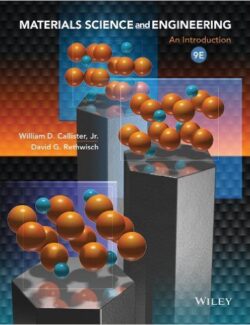

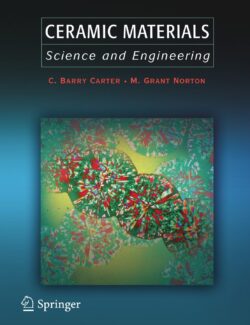

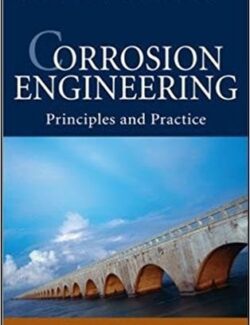

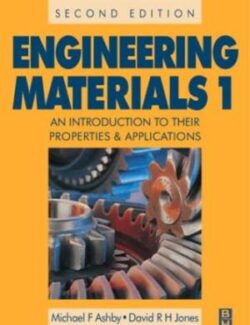
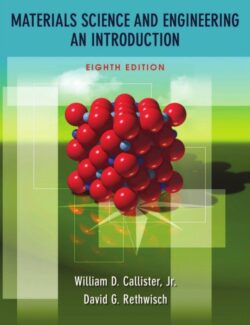
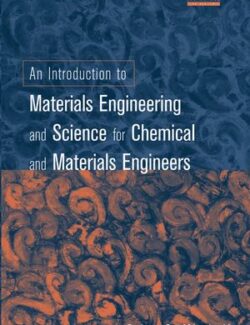
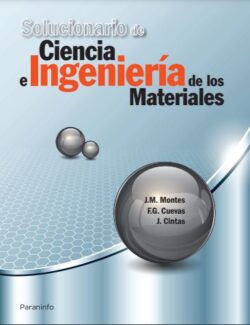
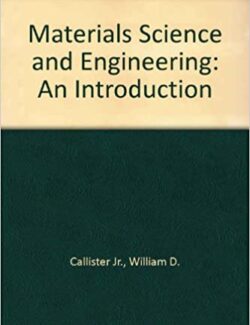
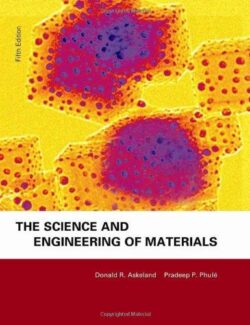
Déjanos un comentario
No hay comentarios